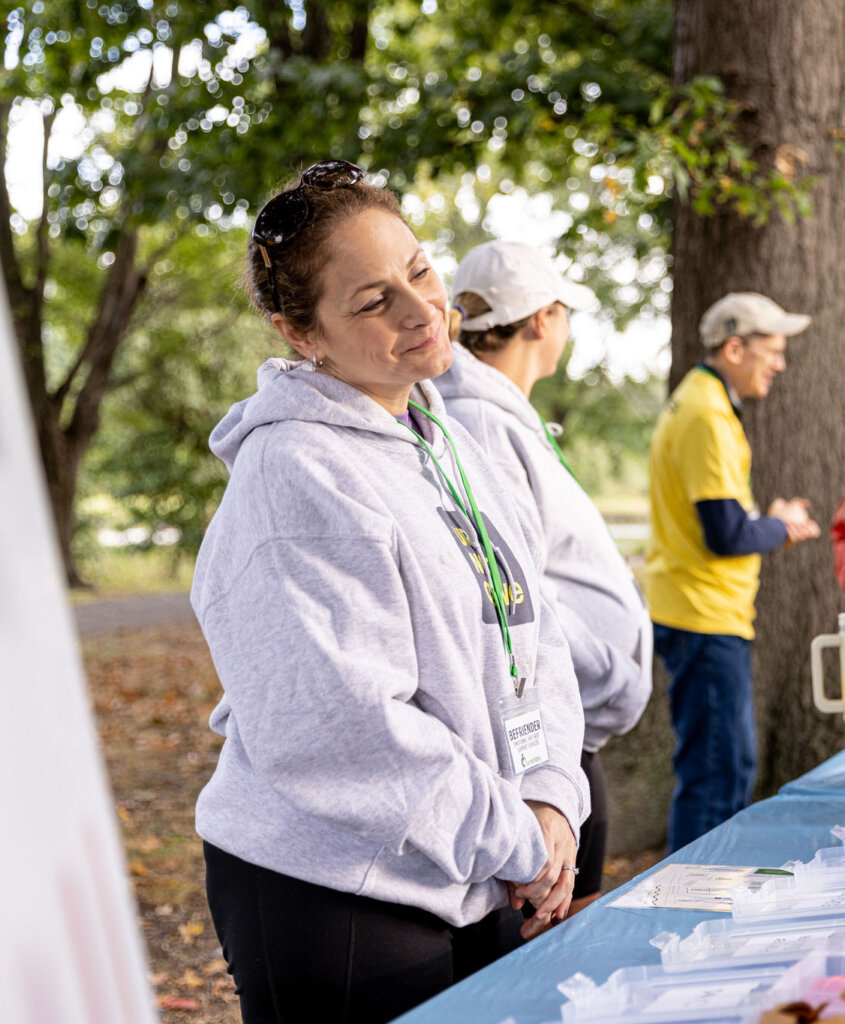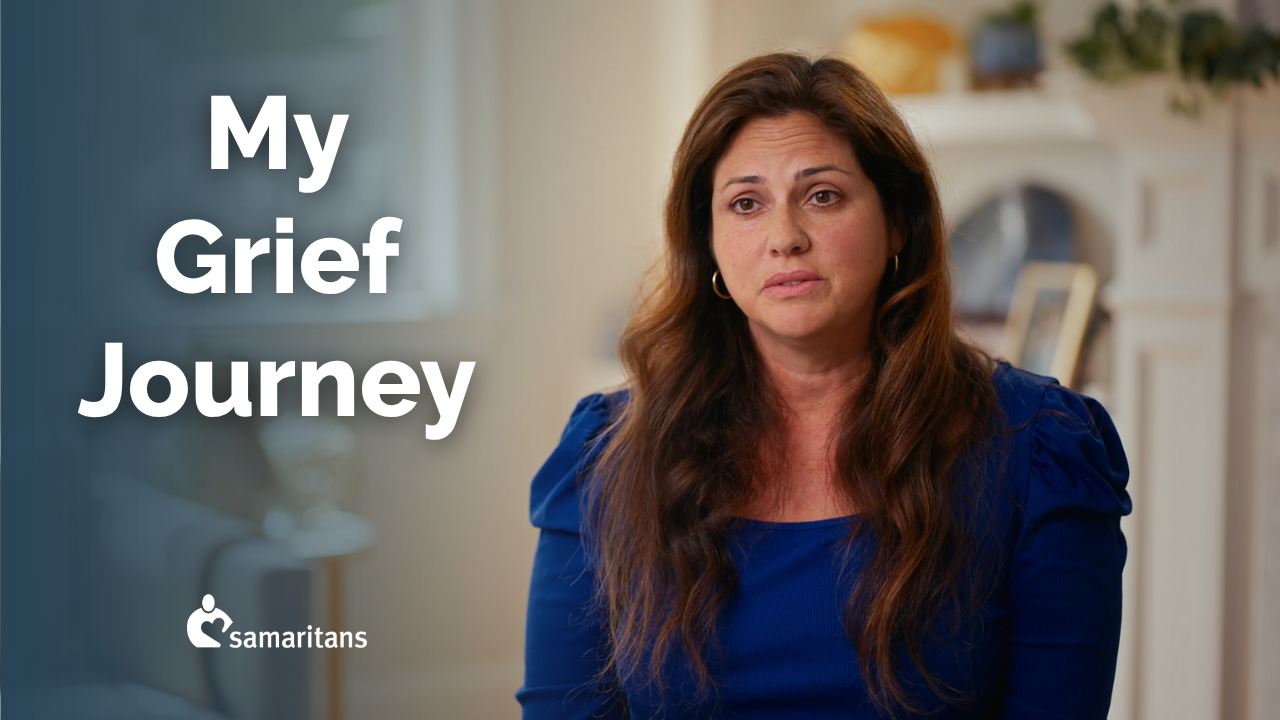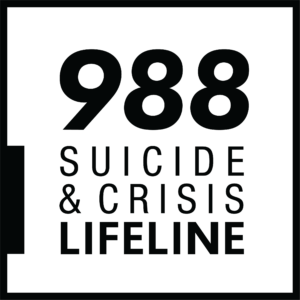According to the National Eating Disorders Association (NEDA), nearly 30 million Americans will have an eating disorder in their lifetime. On average, one person dies as a direct consequence of an eating disorder every 52 minutes.
As we observe Eating Disorders Awareness Week—taking place this year from Monday, February 24 through Sunday, March 2—it is important to understand potential signs and symptoms, common misconceptions, and the connection between eating disorders and suicidality. Resources are available to individuals who are struggling or who are concerned about a loved one, and we all can play a role in helping each other strive for our happiest and healthiest lives.

Eating Disorders and Suicidality
There is a significant connection between eating disorders and suicidal ideation. According to NEDA, studies have found that approximately 31 percent of individuals with anorexia nervosa have attempted suicide, as well as 23 percent of individuals with bulimia nervosa and 23 percent of individuals with binge eating disorder. Those are the three most common types of eating disorders, each with its own unique signs and symptoms.
Kristen Ulrich, LICSW, serves as Senior Director of Crisis Services at Samaritans. Prior to joining Samaritans, she worked in an outpatient eating disorder day treatment center. “Not every individual with an eating disorder will experience suicidal ideation, but it’s so important that they pay attention to their mental health, in addition to their physical health,” Ulrich says.
Two behaviors that could be warning signs for suicidal ideation are also common in individuals with eating disorders: isolating from friends and withdrawing from activities. “You see a lot of isolation in people with eating disorders,” Ulrich says. “They might withdraw from social networks, stop going to parties, or stop going out with friends because they don’t want to eat.”

Diet Culture
One factor that can contribute to these types of behaviors is diet culture—a set of societal beliefs and expectations that place value on thinness and weight loss rather than health. “There’s a lot of societal pressure out there about being fit, being lean,” Ulrich says. “You see pictures of thin people in ads or on social media, and everyone strives to be that in diet culture. Those messages can put a lot of pressure on individuals with eating disorders, both adolescents and adults.”
Research shows a strong connection between media consumption (including social media consumption) and body dissatisfaction or disordered eating. NEDA offers tips for media self-care, including limiting screen time and social networking, choosing and using media mindfully, and advocating for safe and inclusive body talk.
Diet culture can encourage individuals to strive for one “correct” size or body shape, regardless of their current physical or mental health, but eating disorders can affect people of all sizes. “Eating disorders can affect every individual, regardless of whether you think someone looks like they have an eating disorder,” Ulrich says. “There is a significant stigma surrounding people in larger bodies, with a common misconception that eating disorders only affect those in smaller bodies. However, this is far from the truth—eating disorders can affect individuals of all body sizes.”
Health at Every Size® (HAES) is a public concept that offers principles designed to help people make health-related decisions based on factors other than weight. Primary components of HAES include accepting and respecting all body shapes and sizes, eliminating weight discrimination and fat phobia, and eating for well-being rather than dieting. “Having a larger body doesn’t mean someone is unhealthy,” Ulrich notes.
Similarly, there is a misconception that eating disorders primarily occur in women. Contrary to that stereotype, research shows that eating disorders are nearly as common among men as women and are even more prevalent among those who identify as transgender or nonbinary. In fact, NEDA notes that rates of eating disorders in males are increasing at a faster rate than in females.
Finding Help
Whether you are struggling with an eating disorder or concerned about a loved one, Ulrich notes that a self-assessment can be a positive first step. The NEDA website offers a free screening tool to help determine if you may need support. While the screening will not offer a diagnosis, it can connect you with treatment or support options.
If you are looking for an in-person assessment, Ulrich identifies the Multi-Service Eating Disorders Association (MEDA) as a great resource. MEDA is a nonprofit organization that provides clinical services for individuals and families, educational programs for the community, and training for professionals. Among their services, MEDA offers free drop-in support groups for individuals with eating disorders, as well as their family and friends. Their assessment can help determine what level of care is best for the individual; they will then make specialized recommendations for next steps.

In addition to taking a self-assessment, Ulrich encourages individuals to find a therapist or a treatment center. When looking for a therapist, you can narrow your search to those who specialize in eating disorders. When researching treatment centers, you can call them and ask questions or check their websites for information. NEDA offers a number of resources for you or your loved ones, including warning signs and symptoms, information about treatment options, and tips for how to help someone with an eating disorder.
Seeking help for yourself or a loved one is an important step, but early detection of eating disorders can be particularly beneficial. “The sooner someone receives treatment, the lower the chances of lasting negative effects on their body,” says Ulrich. “If you’re a parent concerned about your child, consult their doctor. A sudden drop off the growth charts could be a warning sign. There’s a common misconception that they’ll just grow out of it, but early intervention is crucial.”
NEDA offers guidance with how to encourage a loved one to find help, noting that chances of recovery are improved the sooner a person begins treatment.
The Path to Recovery
Ulrich emphasizes that recovery is possible but may take time. “Recovery isn’t linear. That journey looks different for every individual. There’s an unrealistic expectation that people will finish treatment and then be done, fully recovered. But recovery can be a lifelong journey for some people.”
The journey to recovery can take time, but there are considerable resources available. Whether you’re concerned about yourself or a loved one, you can start the process by doing research, taking an assessment, contacting treatment centers and asking questions, or exploring the NEDA and MEDA websites.
Whatever you might be going through, Samaritans is here for you. If you are struggling or concerned about a loved one, our 24/7 Helpline is here to support you, as is our peer-to-peer texting service (Hey Sam) for people up to 24 years old.
If you’re interested in learning more about the work Samaritans provides, learning more about suicide prevention and how to ask someone if they are feeling suicidal, our free workshops are available to you.









